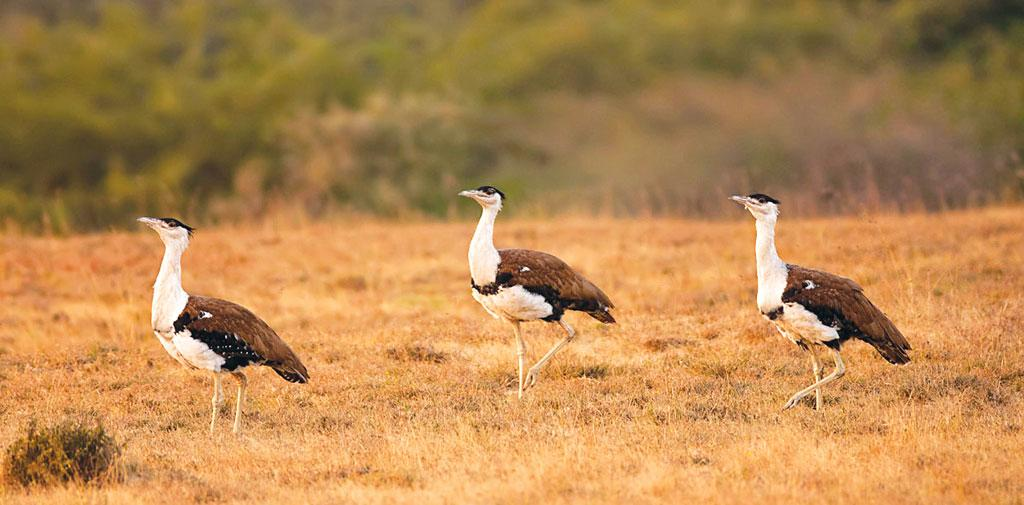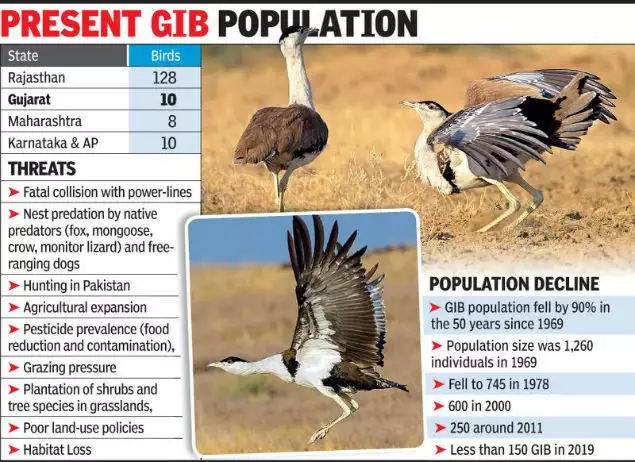Free Courses Sale ends Soon, Get It Now


Free Courses Sale ends Soon, Get It Now



Copyright infringement not intended
Picture Courtesy: https://www.downtoearth.org.in/news/agriculture/exodus-at-rollapadu-58001
Context: The Great Indian Bustard (GIB) hasn't been spotted in the Rollapadu Wildlife Sanctuary (Andhra Pradesh) for the past couple of years, indicating a potential local extinction.
Rollapadu Wildlife Sanctuary in Andhra Pradesh
Great Indian Bustard (GIB)

|
PRACTICE QUESTION Q. The Great Indian Bustards' low reproductive rate and poor frontal vision pose unique conservation challenges. Which intervention is MOST likely to improve chick survival? A) Artificial nest incubation and hand-rearing of chicks B) Predator control programs in nesting areas C) Habitat restoration corridors connecting fragmented populations D) Captive breeding and reintroduction programs Answer: B Explanation: While captive breeding may hold future promise, immediate threats like predation need to be addressed first. Predator control programs in nesting areas offer the most direct and effective way to improve chick survival. |
© 2024 iasgyan. All right reserved